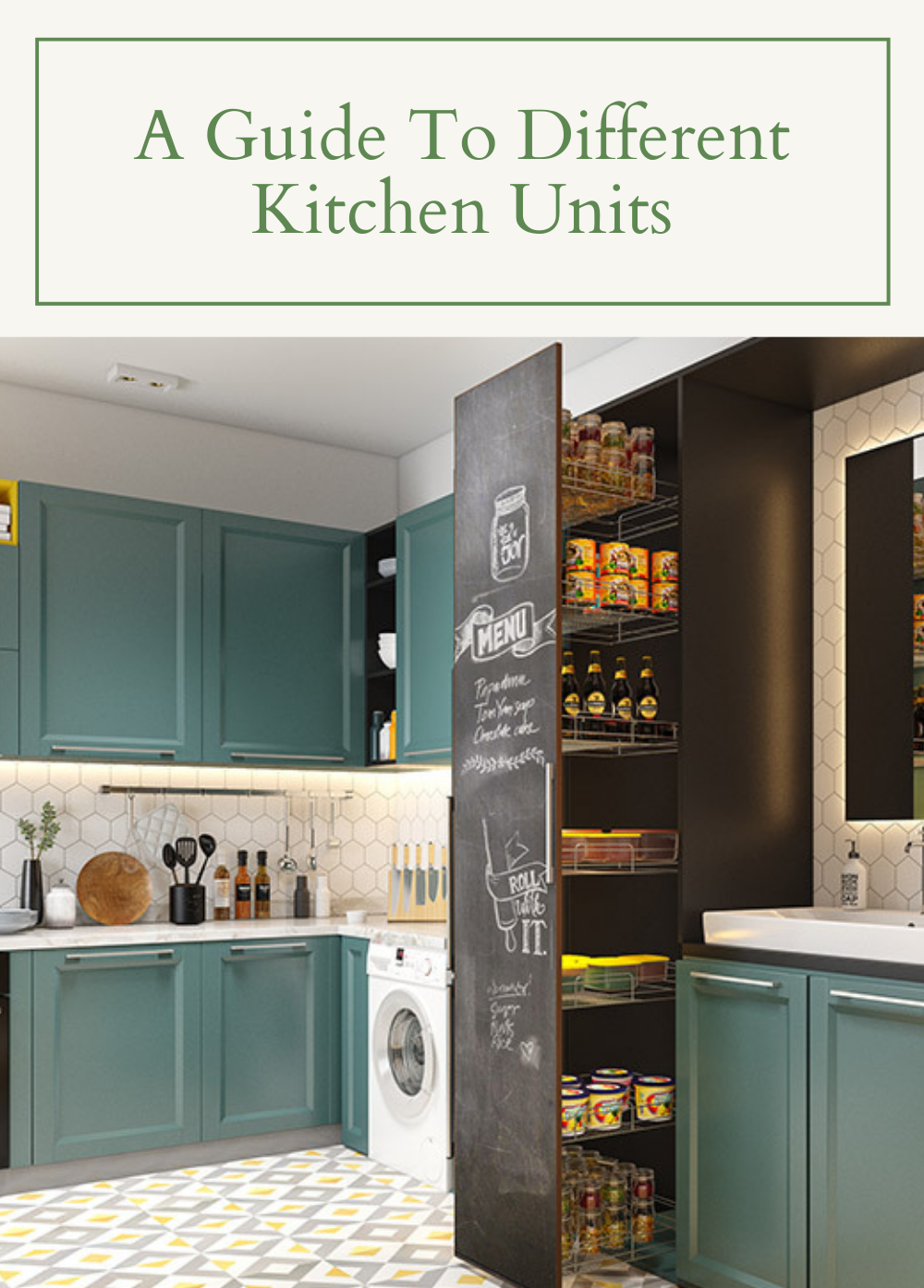Kitchen units, also known as kitchen cabinets or cupboards, are essential for storage and organization in any kitchen. They come in various styles, sizes, and configurations to suit different kitchen layouts and design preferences. Here's a detailed overview of different types of kitchen units:
1. Base Units
These are the cabinets that sit on the floor and form the foundation of a kitchen layout. They provide storage space and support for countertops.
- Standard Base Units: Typically 24 inches deep and 34.5 inches tall without the countertop. They are used for general storage, with shelves or drawers inside.
- Drawer Base Units: Feature a stack of drawers instead of shelves, ideal for storing utensils, cutlery, pots, and pans.
- Corner Base Units: Designed to maximize storage in corner spaces, often equipped with carousel shelves or pull-out racks to access hard-to-reach areas.
- Sink Base Units: Specially designed to accommodate a kitchen sink and plumbing. They typically have a false front to hide the sink basin and a cabinet underneath for storing cleaning supplies.
2. Wall Units
Wall units are mounted on the wall above the countertops, providing additional storage without taking up floor space.
- Standard Wall Units: Generally 12 inches deep, used for storing dishes, glassware, and spices. Available in various heights to match kitchen layouts.
- Corner Wall Units: Similar to corner base units but designed for wall mounting. They make efficient use of corner spaces.
- Glass-Front Wall Units: Feature glass panels in the doors, allowing you to display items while still keeping them dust-free.
- Open Shelving Units: Offer an airy, open look, ideal for displaying decorative items or frequently used kitchenware.
3. Tall Units
These floor-to-ceiling cabinets provide substantial storage space and are often used for pantry storage, broom storage, or to house built-in appliances like ovens and microwaves.
- Larder or Pantry Units: Tall cabinets with multiple shelves or pull-out racks, ideal for storing dry goods and small appliances.
- Appliance Housing Units: Designed to integrate built-in appliances such as ovens, microwaves, or refrigerators seamlessly into the cabinetry.
4. Specialty Units
Specialty units are designed for specific functions, maximizing space efficiency and improving kitchen ergonomics.
- Pull-Out Units: Narrow cabinets with sliding racks, perfect for storing spices, oils, and other small items in a compact space.
- Corner Carousel Units: Include rotating shelves to make corner spaces more accessible.
- Magic Corner Units: Have wire baskets or trays that pull out and slide over when the cabinet door is opened, allowing easy access to corner storage.
- Wine Rack Unit: Designed specifically for storing wine bottles, either horizontally or at a slight angle.
- Bin Units: Designed with pull-out bins for waste and recycling, integrating trash management into the kitchen design.
| "Best Builders Floor Apartment in Chennai" |
5. Integrated Appliance Units
These are units specifically designed to house kitchen appliances in a way that integrates them into the overall cabinetry, making the kitchen look seamless and organized.
- Fridge Freezer Housing Units: Cabinets designed to enclose a fridge-freezer unit, making it appear as part of the cabinetry.
- Microwave/Oven Units: Special units with compartments to house microwaves or ovens at convenient heights.
- Dishwasher Housing Units: These units are designed to integrate a dishwasher with the rest of the cabinetry, typically with a matching door front.
6. Island Units
Kitchen islands are free-standing cabinets that can provide additional counter space, storage, and seating.
- Standard Island Units: These provide extra storage and a work surface, often including a mix of drawers and cabinets.
- Prep Island Units: Equipped with features like built-in sinks, cutting boards, or butcher blocks for food preparation.
- Seating Island Units: Designed with a countertop overhang to accommodate bar stools, creating a casual dining or social area.
7. Plinths and End Panels
While not units in themselves, these components are essential for finishing a kitchen.
- Plinths: Also known as kickboards, these are fitted at the base of floor cabinets to cover the legs and create a seamless look from cabinet to floor.
- End Panels: Decorative panels used to finish the ends of cabinets, particularly in visible areas where the cabinet carcass would otherwise be exposed.
8. Custom Units
Custom kitchen units are tailored to fit unique kitchen layouts and specific storage needs. These can be made in any size, shape, or material to match the kitchen’s aesthetic and functional requirements.
Choosing the Right Kitchen Units
When selecting kitchen units, consider factors such as the kitchen layout, storage needs, and personal style preferences. It's also important to think about the durability and ease of cleaning of the materials used, as kitchens are high-traffic areas.
https://www.livehomes.in/blogs













